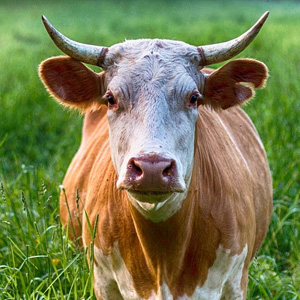Cattle Behaviour and Handling Methods
Blog | July 18th, 2017
When you understand and apply proper handling methods to caring for your cattle herd, you will maintain quality standards while reducing the stress on your animals. If the cattle are overly stressed, it can lead to low conception rates, low weight gains, inadequate milk production and make them at risk for illness along with other issues. Part of knowing how to handle cattle includes understanding cattle behaviour. After all, their actions and reactions broadcast what they are feeling at the time.
Cattle Behaviour
• If cattle stop in their tracks and refuse to move, they may sense danger and are stopping to analyse the situation.
• There is a hierarchy within a herd with certain animals having dominance over the rest. At times, this dominance may be challenged. For example, aggression can occur when herds are mixed since the dominance differs between the herds and must be reestablished.
• Males and females in the herd will attempt to keep other animals in their range of vision, which is about 330 degrees. They have the ability to spot threats quickly.
• Bulls start off playful in a group setting when they are young but can become aggressive as they age to mark their territory.
• Cows are extremely protective of their calves. If a cow is not tending to its calf in the proper fashion, this may be a sign of an issue.
• When cattle are lethargic, not interested in grazing or even sleeping a lot, they may be suffering from an illness and require special attention.
Effective Handling Methods
• Cattle handlers should always stay as calm as possible when dealing with aroused cattle to prevent further fight-or-flight reactions. The calmer they stay, the easier it will be to quiet the animals and help them through their stress.
• If the bulls are fighting, there is not much the handlers can do without risking their own safety. To prevent this problem, provide each bull at least 6 metres of personal space and avoid overcrowding the bulls in any situation.
• Since cows are protective of their calves, handlers need to be cautious when handling them in front of the cows.
• Handlers must stay in the cattle’s range of vision to ensure that they see their gestures or hear their commands when trying to move them.
Southfork Angus will provide you with quality seed stock upon request. We raise our Angus to be effectively fertile, reliable producers, mild natured and as easy to handle as possible. All of this leads to your venture being highly profitable as long as you understand cattle behaviour and proper handling methods.
Optimized by NetwizardSEO.com.au
